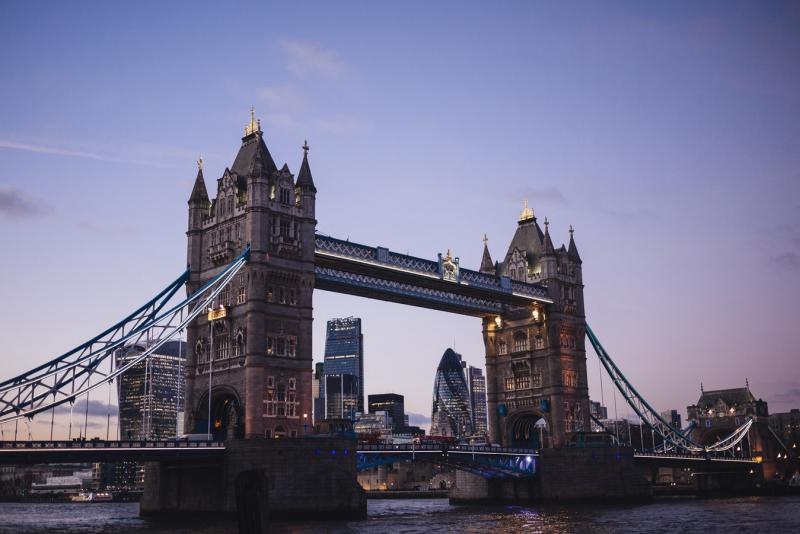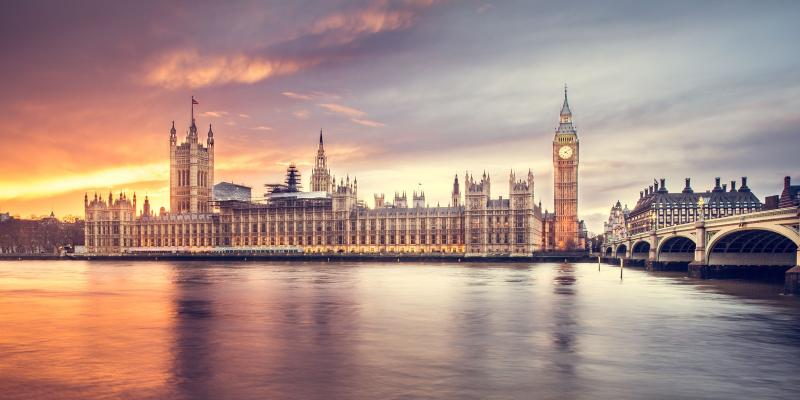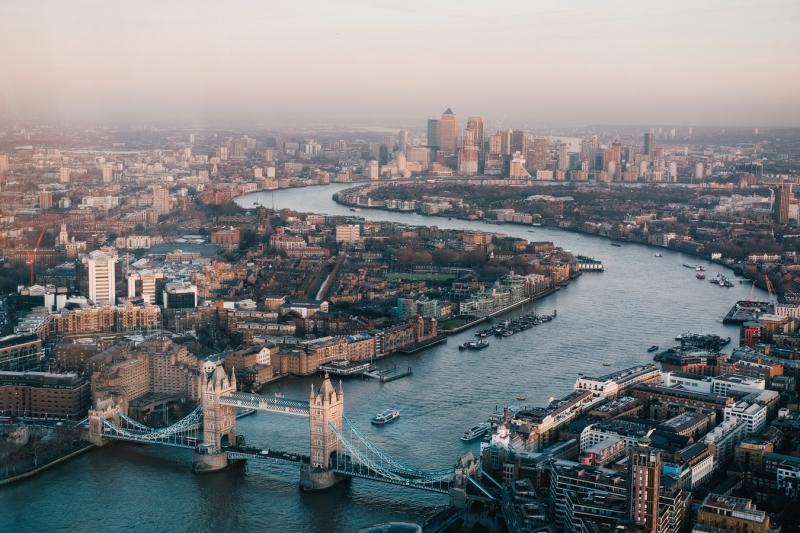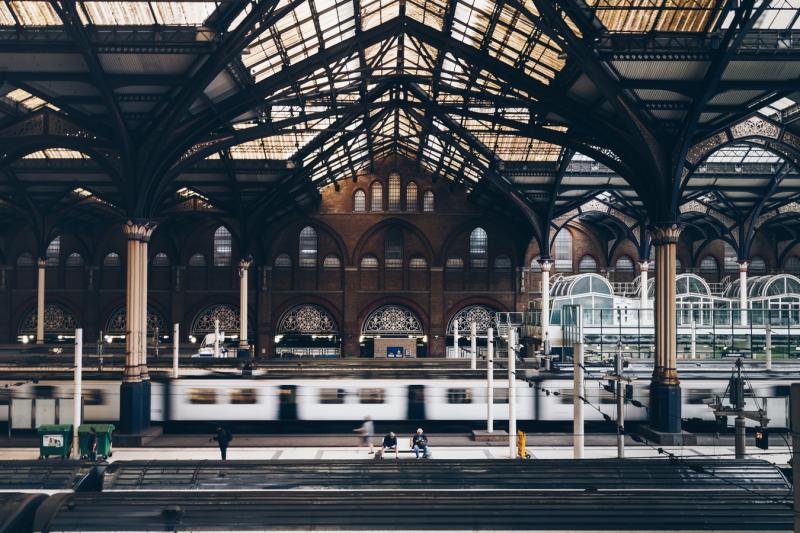Destinations
London
London, the capital of England and the United Kingdom, is a 21st-century city with history stretching back to Roman times. At its centre stand the imposing Houses of Parliament, the iconic ‘Big Ben’ clock tower and Westminster Abbey, site of British monarch coronations. Across the Thames River, the London Eye observation wheel provides panoramic views of the South Bank cultural complex, and the entire city.
Simple Wiki
London is the capital and largest city of England and the United Kingdom. The River Thames travels through the city.
London is the biggest city in western Europe, and the world's largest financial centre.[7][8][9]
London is about 2000 years old. London was founded by the Romans. It was called Londinium by the Romans. London was also called Lunnainn in Scottish Gaelic,[10] Llundain in Welsh and Londain in Irish.
For a long time, London was a small city. All its people lived inside the walls that were built by the Romans. This area is still called the City of London. There were many villages around the city. Gradually, more people came to live there. Then, step by step, the villages joined together into one huge city.
London is one of the world's most important cities for business, finance, and politics. It is also important for culture: media, entertainment, fashion, and art.
Britannica
London is situated in southeastern England, lying astride the River Thames some 50 miles (80 km) upstream from its estuary on the North Sea. In satellite photographs the metropolis can be seen to sit compactly in a Green Belt of open land, with its principal ring highway (the M25 motorway) threaded around it at a radius of about 20 miles (30 km) from the city centre. The growth of the built-up area was halted by strict town planning controls in the mid-1950s. Its physical limits more or less correspond to the administrative and statistical boundaries separating the metropolitan county of Greater London from the “home counties” of Kent, Surrey, and Berkshire (in clockwise order) to the south of the river and Buckinghamshire, Hertfordshire, and Essex to the north. The historic counties of Kent, Hertfordshire, and Essex extend in area beyond the current administrative counties with the same names to include substantial parts of the metropolitan county of Greater London, which was formed in 1965. Most of Greater London south of the Thames belongs to the historic county of Surrey, while most of Greater London north of the Thames belongs historically to the county of Middlesex. Area Greater London, 607 square miles (1,572 square km). Pop. (2001) Greater London, 7,172,091; (2011 prelim.) Greater London, 8,173,941.
Mentalfloss
Buckingham Palace, Wimbledon, Notting Hill, Westminster Abbey, and the West End—none of these sights are in the City of London. Before you call us mad, consider this: While they are all in what we call London, which is technically Greater London, the City of London is actually a small city-within-a-city, squeezing 7400 residents [PDF] (plus some 300,000 commuters) into an area slightly larger than a square mile. The larger London area has 8.6 million residents living in its 32 boroughs (the City of London is considered the 33rd). Within its former walls, the City of London is home to St. Paul’s Cathedral, Leadenhall Market, and the cucumber-shaped Gherkin Tower. It also has its own mayor, whose official title is “Right Honourable the Lord Mayor of the City of London.” Read on for more facts about England's capital city.



